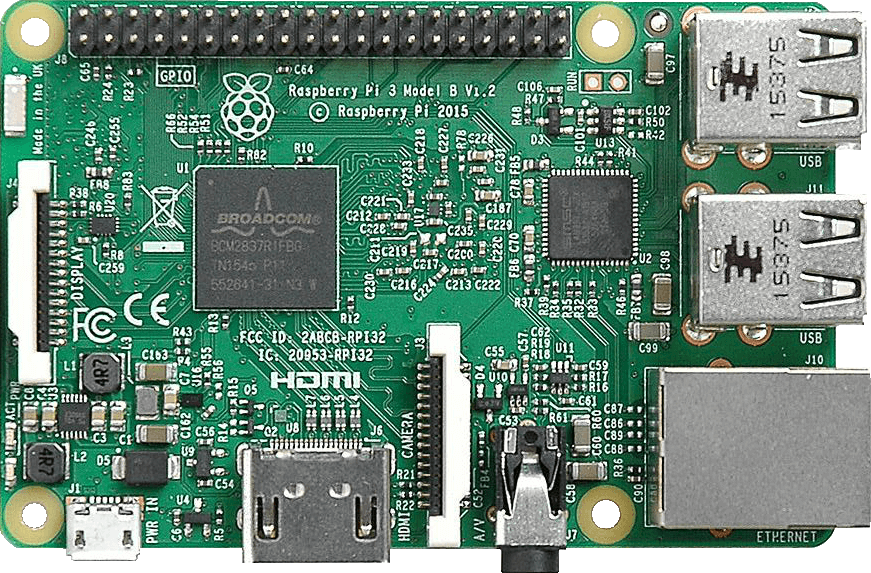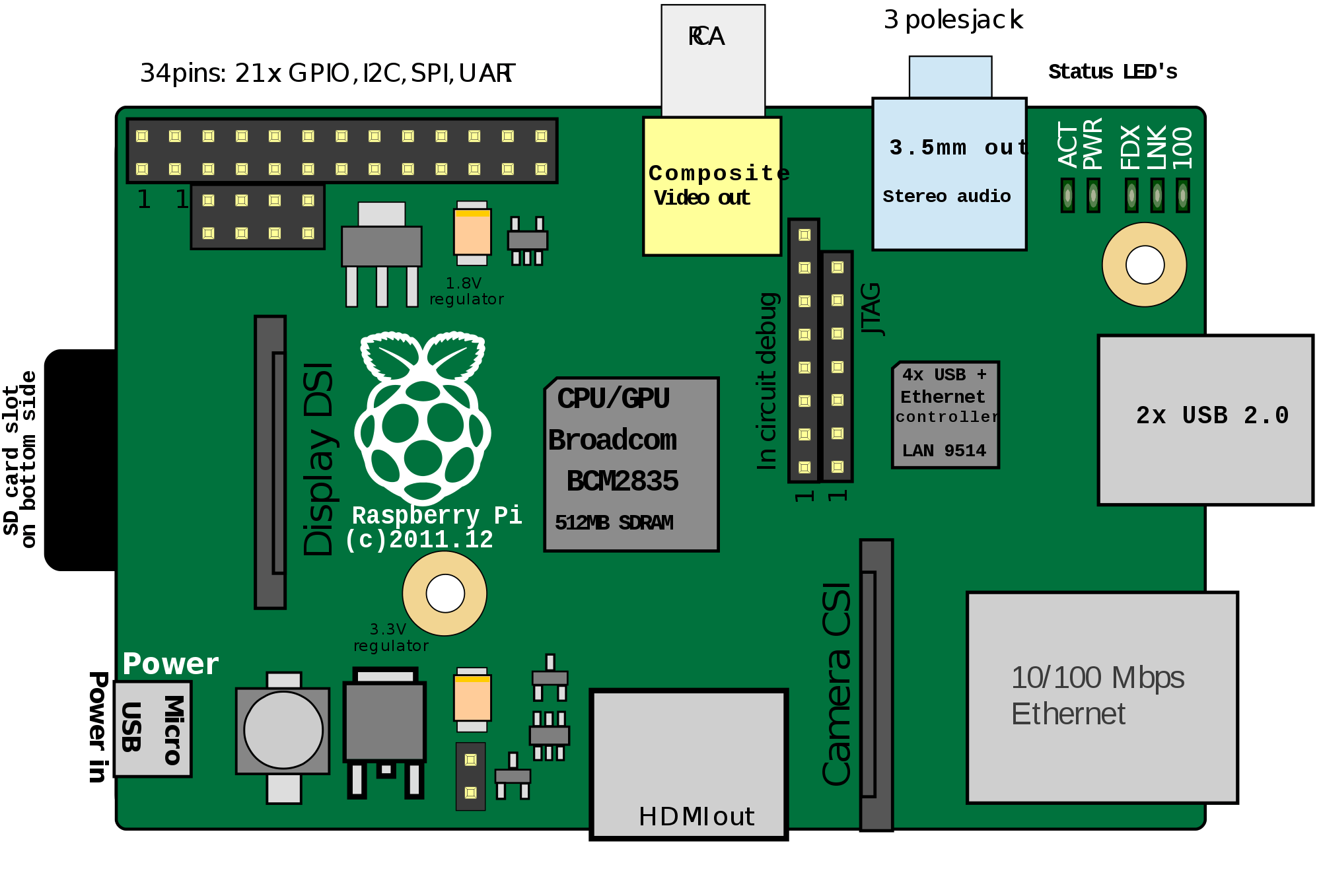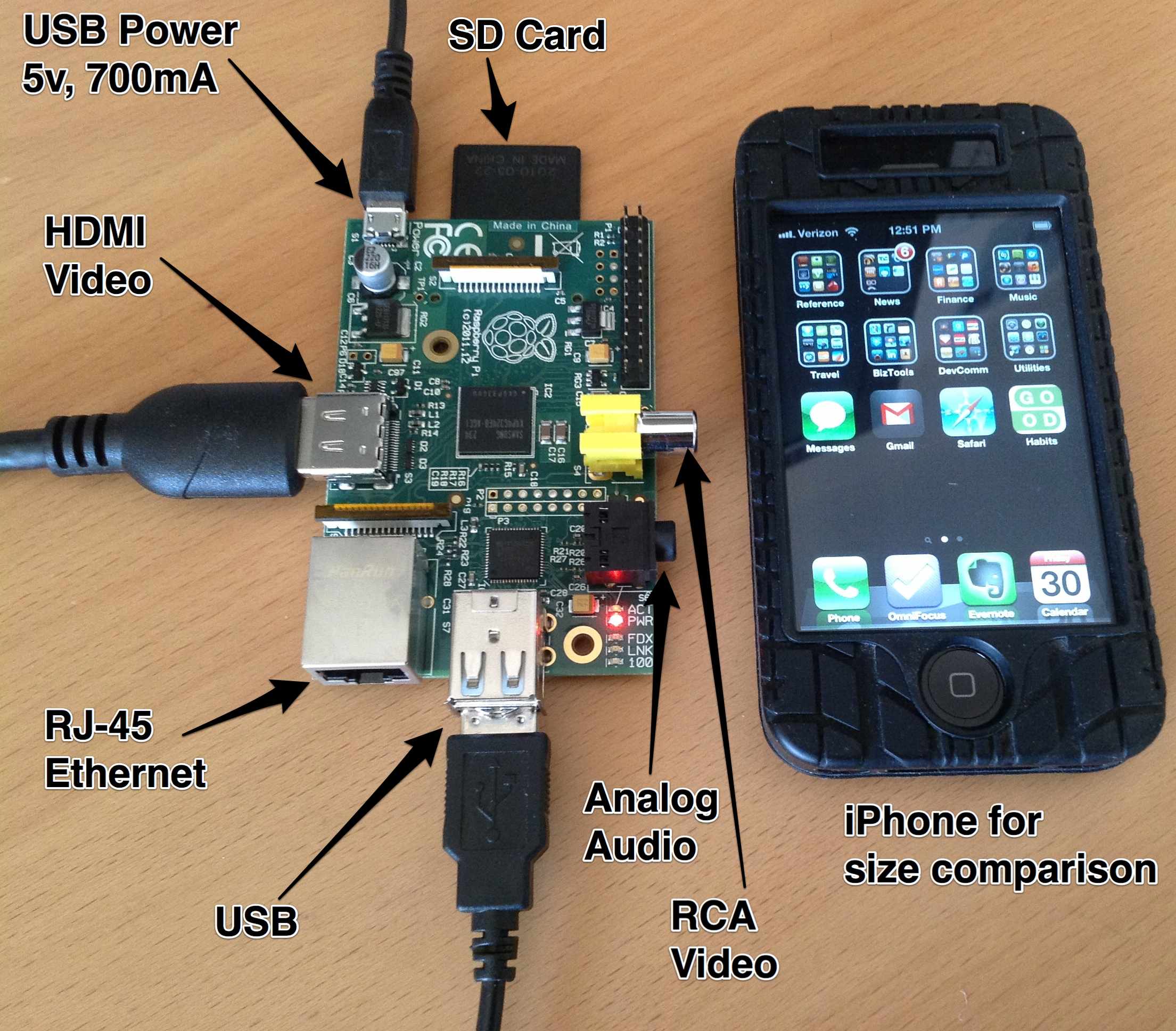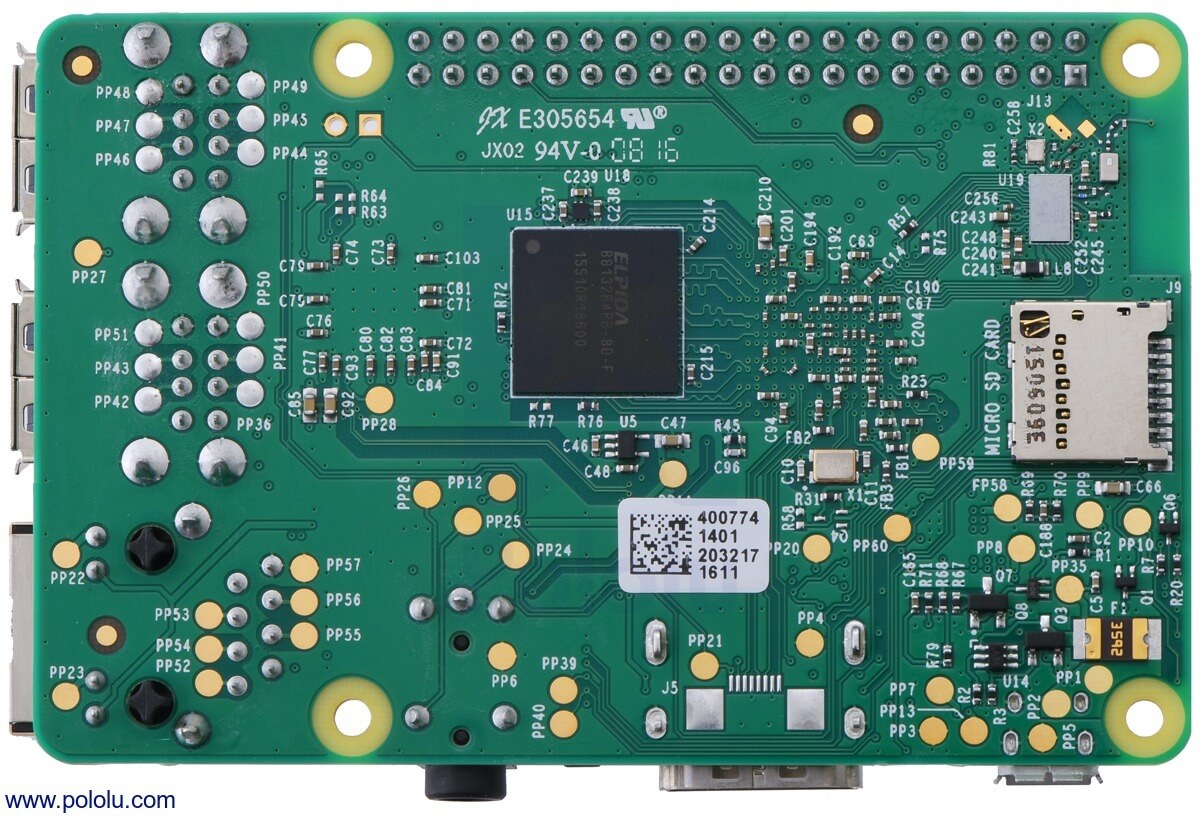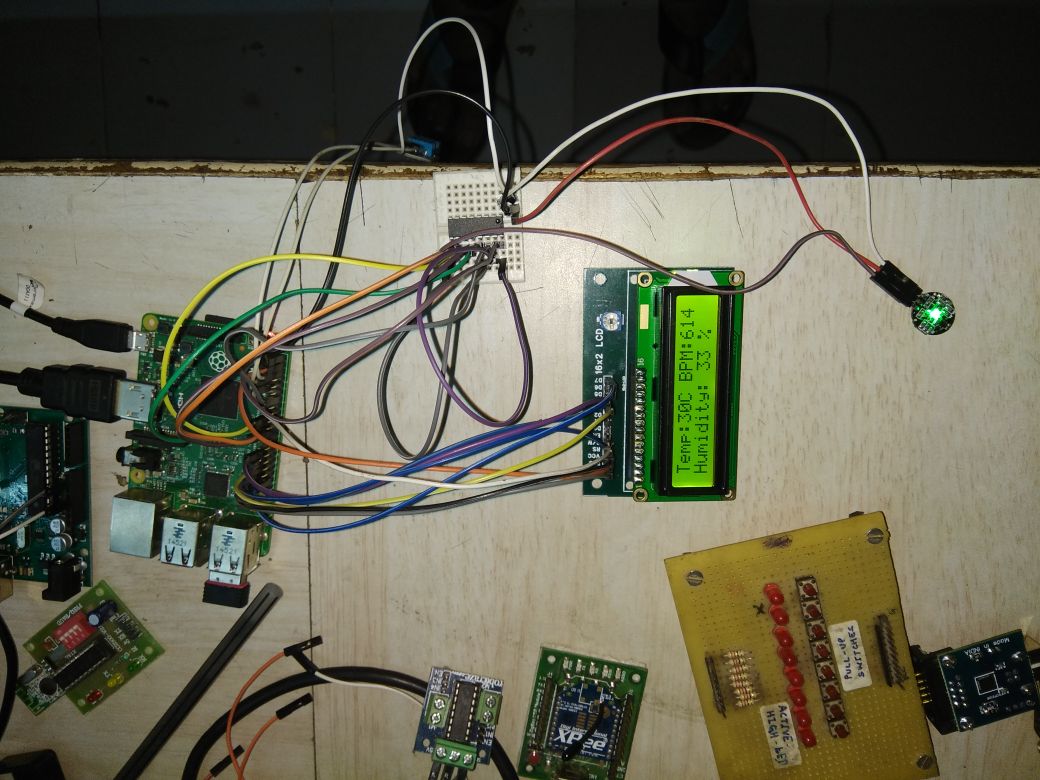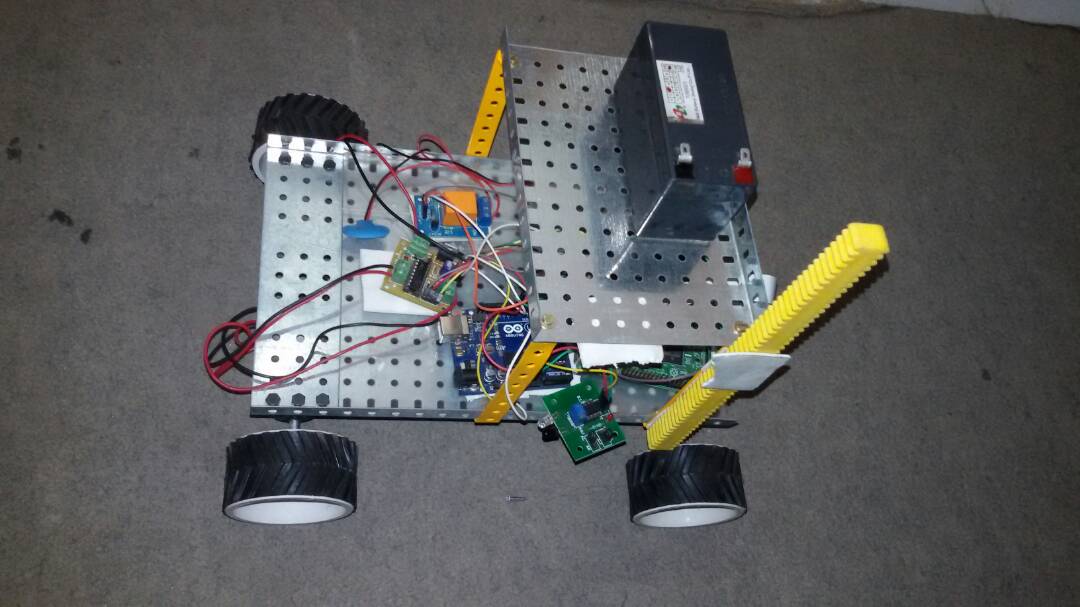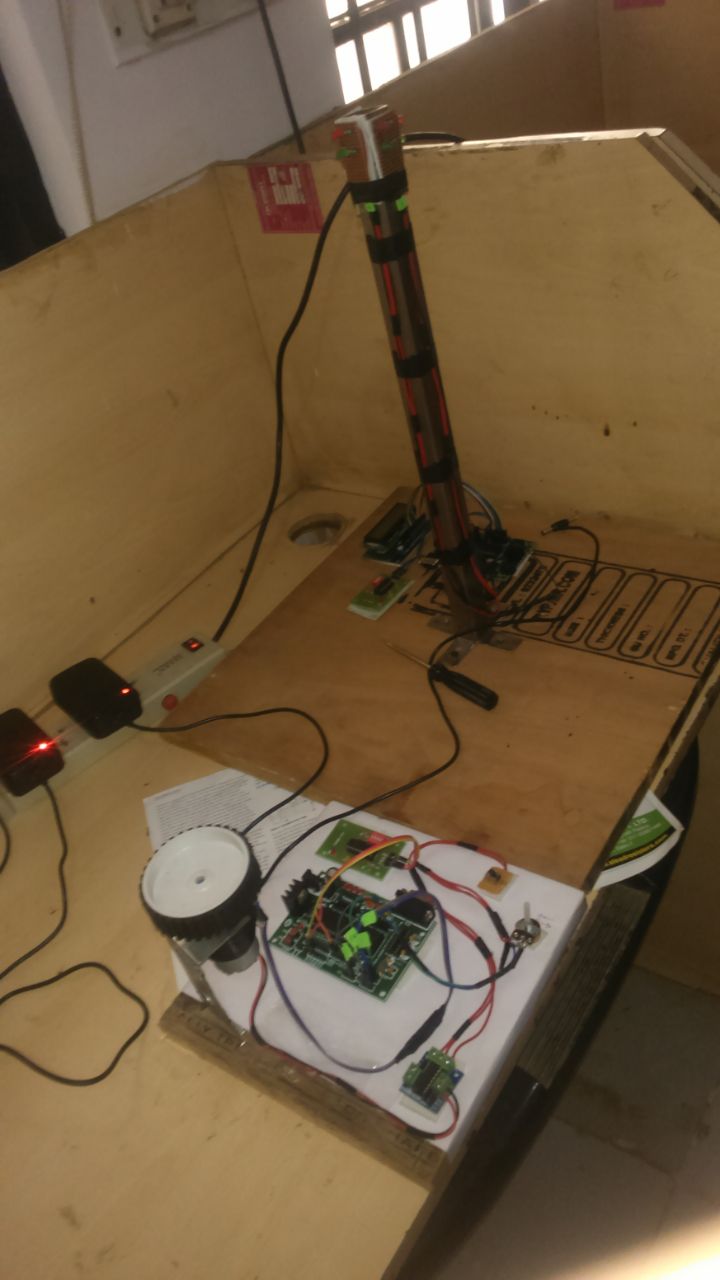ARTIFICIAL INTELLIGENCE LATEST PROJECTS
At TECHNOFIST we provide the latest IEEE projects based on Artificial Intelligence with latest IEEE papers implementation. Below mentioned is the list and abstracts on Artificial Intelligence domain. For synopsis and IEEE papers please visit our head office and get registered.
LATEST IEEE ARTIFICIAL INTELLIGENCE BASED PROJECTS
TECHNOFIST provides RASPBERRY PI based projects with latest IEEE concepts and training in Bangalore. We have 12 years experience in delivering Raspberry Pi based projects with machine learning and artificial intelligence based applications with python and embedded coding. Below mentioned are few latest IEEE transactions on Raspberry PI controller.
Technofist is the best institute in Bangalore to carry out raspberry pi based projects with machine learning, IOT and Artificial intelligence for final year academic project purpose. Latest RASPBERRY PI concepts for what is essential for final year engineering and Diploma students which includes Synopsis, Final report and PPT Presentations for each phase according to college format. Feel free to contact us for project ideas and abstracts.
Students of ECE, CSE , ISE , EEE and Telecommunication Engineering departments, willing to pursue final year project in stream of Embedded projects using RASPBERRY PI controller with Python coding can download the project titles with abstracts below.
| TMO01 | |
| TMO02 | |
| TMO03 | |
| TMO04 | |
| TMO05 | |
| TMO06 | |
| TMO08 | |
| TMO09 | |
| TMO10 | |
| TMO11 | |
| TMO12 | |
| TMO13 |

CONTACT US
For IEEE paper and full ABSTRACT
+91 9008001602
technofist.projects@gmail.com
Technofist provides latest IEEE Raspberry pi Projects for final year engineering students in Bangalore | India, Raspberry pi Based Projects with latest concepts are available for final year ece / eee / cse / ise / telecom students , latest titles and abstracts based on Raspberry pi Projects for engineering Students, latest ieee based Raspberry pi project concepts, new ideas on Raspberry pi Projects, Raspberry pi Based Projects for ECE, Raspberry pi based Embedded Projects, Raspberry pi latest projects, final year IEEE Raspberry pi based project for be students, final year raspberry pi projects, raspberry pi training for final year students, real time raspberry pi based projects, embedded IEEE projects on raspberry pi, innovative projects on raspberry pi with classes, lab practice and documentation support
raspberry pi based project institute in chikkamagaluru, raspberry pi based IEEE transaction based projects in Bangalore, raspberry pi projects in Bangalore near RT nagar, final year raspberry pi project centers in Hassan, final year raspberry pi project institute in Gadag, final year raspberry pi project institute in Uttara Karnataka, final year raspberry pi based project center in RT nagar, final year raspberry pi projects in Bangalore @ yelahanka, final year raspberry pi based projects in Bangalore @ Hebbal, Final year raspberry pi based projects in bangalore@ koramangla, final year raspberry pi based projects in Bangalore @ rajajinagar. IEEE based raspberry pi project institute in Bangalore, IEEE based raspberry pi project institute in chikkamangaluru, IEEE project institute in davangere, IEEE project institute in haveri, final year based projects in hebbal, final year raspberry pi based projects in k.r. puram, final year raspberry pi based projects in yelahanka, final year raspberry pi based projects in shimoga. Latest projects at Yelahanka, latest projects at hebbal, latest projects at vijayanagar, latest projects on embedded system at rajajinagar, final year raspberry pi based projects at RT nagar, final year project institute in belgaum, project institute at kengeri, IEEE based project institute in jaynagar, IEEE based project institute in marathahalli, final year raspberry pi based project institute in electronic city. Final year raspberry pi based project institute in hesarghatta, final year raspberry pi based project institute in RR nagar. Final year based project institute in jalahalli, final year raspberry pi based project institute in banashankari, final year raspberry pi based project institute in mysore road, raspberry pi final year based project institute in bommanahalli.
RASPBERRY PI SYSTEM
Technofist, Bangalore offers IEEE Projects on EMBEDDED SYSTEM for final year engineering students and Final year engineering projects on EMBEDDED SYSTEM . Embedded based IEEE Projects on EMBEDDED SYSTEM projects for M.Tech, EC and BE students. Technofist , Bangalore also offer online training for projects on EMBEDDED SYSTEM for final year engineering Students and Final year engineering projects on EMBEDDED SYSTEM for ECE and engineering students. Technofist offers IEEE Projects training on EMBEDDED SYSTEM at low cost. See this section for list of Projects on EMBEDDED SYSTEM or Contact us for details and projects on EMBEDDED SYSTEM. IEEE EMBEDDED SYSTEM project list for m.tech /be / b tech / mca / M.sc students in bangalore. Technofist offers EMBEDDED SYSTEM based IEEE projects for Mtech and BE final year students. Here at technofist we use Embedded platform to work on EMBEDDED SYSTEM projects.. We have technical team who are skilled enough to provide solution on latest IEEE related EMBEDDED SYSTEM projects. Get analytics and Embedded based projects on EMBEDDED SYSTEM for students using C/C++ as core find new opportunities in EMBEDDED SYSTEM Science. Take reference or would like to start your training from our or yours idea on EMBEDDED SYSTEM projects.
Find latest topic ideas EMBEDDED SYSTEM projects for M.Tech students, and EMBEDDED SYSTEM projects for B.Tech students. Let us know your feedback and new ideas on EMBEDDED SYSTEM Projects. programming language. Get top quality and trending IEEE EMBEDDED SYSTEM projects from here and do it by yourself. We are continuously adding more EMBEDDED SYSTEM final year project ideas
RASPBERRY PI BASED SYSTEMS
Embedded systems are a cornerstone of the electronics industry today. An embedded system is a computer or processor based system that has been designed for a specific purpose.
The system gains its name from the fact that the software is embedded into it for a particular application. The embedded system is not like a PC or other computer that can run a variety of programmes and fulfil a whole host of tasks. The item using an embedded system is designed for a specific task and has its software preloaded, although updates may be undertaken from time to time.
Embedded systems basics
It may be asked what is an embedded system. With many processor based systems and computers it is useful to define what an embedded system is. A convenient definition for an embedded system is An embedded system is any computer system contained within a product that is not described as a computer. Using this embedded system definition it is possible to understand the various basic characteristics one. Typically they are:
- Embedded systems are designed for a specific task. Although they use computer techniques, they cannot be used as a general purpose computer using a variety of different programmes for different task. In this way their function can be focussed onto what they need to do, and they can accordingly be made cheaper and more efficiently.
- The software for embedded systems is normally referred to as firmware. Rather than being stored on a disc, where many programmes can be stored, the single programme for an embedded system is normally stored on chip and it is referred to as firmware.
Embedded systems contain two main elements
- Embedded system hardware: As with any electronic system, an embedded system requires a hardware platform on which to run. The hardware will be based around a microprocessor or microcontroller. The embedded system hardware will also contain other elements including memory, input output (I/O) interfaces as well as the user interface, and the display.
- Embedded system software: The embedded system software is written to perform a particular function. It is typically written in a high level format and then compiled down to provide code that can be lodged within a non-volatile memory within the hardware.
Embedded Processor Hardware
- Embedded systems basics
- Embedded processor hardware
- CPU
- Embedded MPU
- Embedded MCU
- RAM
When developing an embedded system, one of the options is to base the computational hardware around a microcontroller, MCU rather than a microprocessor, MPU.
Both approaches have their attractions, but generally they will be found in different applications. Typically the microcontroller, MCU, is found in applications where size, low power and low cost are key requirements.
The MCU, microcontroller is different to a microprocessor in that it contains more elements of the overall processing engine within the one chip.
Bringing most of the processing engine components onto a single chip reduces size and cost. This enables it to become economical viable to digitally control even more devices and processes. Also it is found that mixed signal microcontrollers are being increasingly used, integrating analogue components needed to control non-digital electronic systems.Microcontroller basics
Microcontrollers comprise the main elements of a small computer system on a single chip. They contain the memory, and IO as well as the CPU one the same chip. This considerably reduces the size, making them ideal for small embedded systems, but means that there are compromises in terms of performance and flexibility.
As microcontrollers are often intended for low power and low processing applications, some microcontrollers may only use 4 bit words and they may also operate with very low clock rates - some 10 kHz and less to conserve power. This means that some MCUs may only consume a milli watt or so and they may also have sleep consumption levels of a few nano watts. At the other end of the scale some MCUs may need much higher levels of performance and may have very much higher clock speeds and power consumption.
Different types of Microcontrollers
- 8051
- ARM
- PIC
- Arduino
- AVR
| Functions | 8051 | PIC | AVR | ARM |
|---|---|---|---|---|
| Bus width | 8-bit for standard core | 8/16/32-bit | 8/32-bit | 32-bit mostly also available in 64-bit |
| Communication Protocols | UART, USART,SPI,I2C | PIC, UART, USART, LIN, CAN, Ethernet, SPI, I2S | UART, USART, SPI, I2C, (special purpose AVR support CAN, USB, Ethernet) | UART, USART, LIN, I2C, SPI, CAN, USB, Ethernet, I2S, DSP, SAI (serial audio interface), IrDA |
| Speed | 12 Clock/instruction cycle | 4 Clock/instruction cycle | 1 clock/ instruction cycle | 1 clock/ instruction cycle |
| Memory | ROM, SRAM, FLASH | SRAM, FLASH | Flash, SRAM, EEPROM | Flash, SDRAM, EEPROM |
| ISA | CLSC | Some feature of RISC | RISC | RISC |
| Memory Architecture | Von Neumann architecture | Harvard architecture | Modified | Modified Harvard architecture |
| Power Consumption | Average | Low | Low | Low |
| Families | 8051 variants | PIC16,PIC17, PIC18, PIC24, PIC32 | Tiny, Atmega, Xmega, special purpose AVR | ARMv4,5,6,7 and series |
| Community | Vast | Very Good | Very Good | Vast |
| Manufacturer | NXP, Atmel, Silicon Labs, Dallas, Cyprus, Infineon, etc. | Microchip Average | Atmel | Apple, Nvidia, Qualcomm, Samsung Electronics, and TI etc. |
| Cost (as compared to features provide) | Very Low | Average | Average | Low |
| Other Feature | Known for its Standard | Cheap | Cheap, effective | High speed operation Vast |
| Popular Microcontrollers | AT89C51, P89v51, etc. | PIC18fXX8, PIC16f88X, PIC32MXX | Atmega8, 16, 32, Arduino Community | LPC2148, ARM Cortex-M0 to ARM Cortex-M7, etc. |

